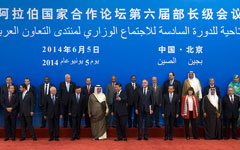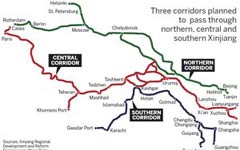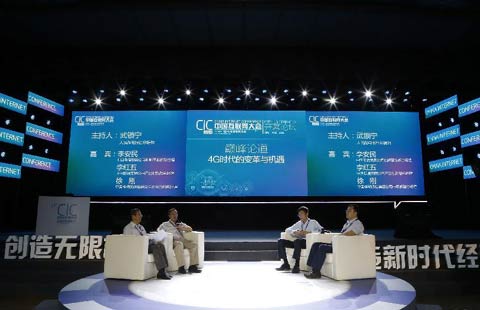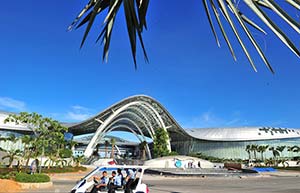New maritime Silk Road to promote ties with ASEAN
By ZHONG NAN (China Daily) Updated: 2014-08-28 08:13The willingness of China and Association of Southeast Asian Nations members to build the 21st century maritime Silk Road will inject impetus into upgrading the ASEAN-China Free Trade Area over the long term, industry experts said.
 |
 |
Chinese and ASEAN ministers also agreed to negotiate on upgrading the regional trade area to ensure it will remain dynamic and commercially relevant.
The meeting, held in Nay Pyi Taw, Myanmar, was part of a series of related sessions of the 46th ASEAN Economic Ministers Meeting.
Chen Yingming, executive vice-president of the Shanghai-based China Port and Harbors Association, said that as a majority of ASEAN nations have long coastlines and important regional ports, this move will help link growth centers like Shanghai, Singapore and Penang in Malaysia, as well as develop new regional hubs, such as Jakarta in Indonesia and Danang in Vietnam.
The maritime Silk Road begins in Fuzhou in Fujian province, and heads south into the ASEAN region. From the Malacca Strait, it then turns west to Europe, according to one version of the blueprint.
"From a long-term perspective, the new maritime Silk Road will fully support trade, State and private investment, industrial productivity and the service industry," Chen said.
China has maintained its position as ASEAN's largest trading partner, with trade volume reaching $350.5 billion at the end of 2013. The figure accounted for 14 percent of ASEAN's total trade and represented an increase of 7.7 percent year-on-year.
Last year, ASEAN received $8.6 billion of direct investment from China, a significant 60.8 percent increase year-on-year and representing 7.1 percent of total inflow to ASEAN.
Luo Renjian, a researcher at the Institute of Transportation Research under the National Development and Reform Commission, said regional connectivity is a top priority for China and ASEAN members, with Thailand, Malaysia, Indonesia and Vietnam already upgrading their pipelines, port facilities, and land and sea telecommunications.
The ministers reaffirmed ASEAN's and China's commitment to achieving the bilateral trade target of $500 billion by the end of 2015.
"With growing shipping activities between China and ASEAN members, big multinational corporations, especially from developed markets, could move manufacturing facilities to Southeast Asia to take advantage of cheaper labor and raw materials, and then sell the products back to China at a profit," said Luo.
- Budget hotels planning to grow overseas units
- Investors acquiring thirst for dairy assets
- New maritime Silk Road to promote ties with ASEAN
- Top 10 most expensive restaurants in Beijing
- Restrictions loosened on overseas ownership of hospitals
- Wanda moves into e-commerce
- Lenovo settles US laptop lawsuit for $70m
- Volvo's XC90 drives the company into a new era

















